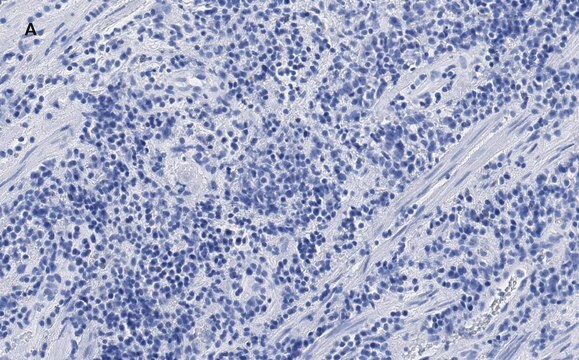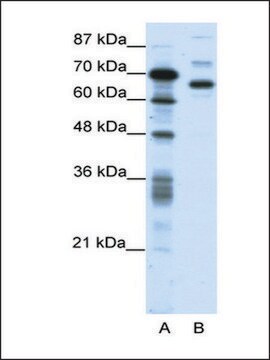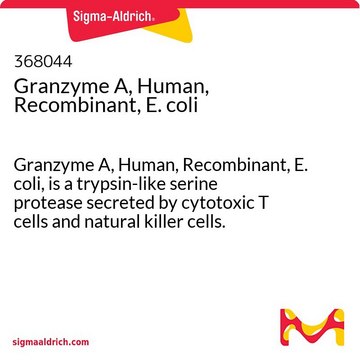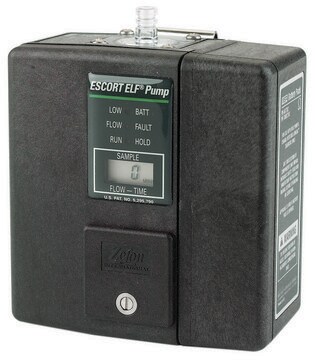04-1506
Anti-CTCF Antibody, clone 1.2.1.5.4
clone 1.2.1.5.4, from mouse
Synonym(e):
11 zinc finger transcriptional repressor, 11-zinc finger protein, CCCTC-binding factor, CCCTC-binding factor (zinc finger protein), CTCFL paralog, transcriptional repressor CTCF
About This Item
Empfohlene Produkte
Biologische Quelle
mouse
Qualitätsniveau
Antikörperform
purified antibody
Antikörper-Produkttyp
primary antibodies
Klon
1.2.1.5.4, monoclonal
Speziesreaktivität
human
Methode(n)
ChIP: suitable
immunohistochemistry: suitable
immunoprecipitation (IP): suitable
western blot: suitable
Isotyp
IgG1κ
NCBI-Hinterlegungsnummer
UniProt-Hinterlegungsnummer
Versandbedingung
wet ice
Posttranslationale Modifikation Target
unmodified
Angaben zum Gen
human ... CTCF(10664)
Allgemeine Beschreibung
Spezifität
Immunogen
Anwendung
A representative lot was used by an independent laboratory in ChIP. (Pugacheva, E., et al. (2005). Human Molecular Genetics. 14(7):953–965.)
Qualität
Western Blot Analysis: 1 µg/ml of this antibody detected CTCF on 10 µg of K562 cell lysate.
Zielbeschreibung
Note: Poly(ADP-ribosyl)ated isoform, C-terminal truncation, or sumoylation will cause variable migration of CTCF protein on SDS–PAGE, which may present CTCF with different molecular weight on Western Blot. Modifications are dependent on cell type and growing condition.
The following molecular weights have been reported in the literature: 180 kDa (CTCF-180), 130 kDa (CTCF-130), 82 kDa (CTCF-82), 70 kDa (CTCF-70). See Klenova,E.M.,et al, (1997) Nucleic Acids Res. 25, 466–473 and Torrano,V,et al, (2006) Journal of Cell Science 119, 1746-1759) for additional details.
Verlinkung
Physikalische Form
Sonstige Hinweise
Sie haben nicht das passende Produkt gefunden?
Probieren Sie unser Produkt-Auswahlhilfe. aus.
Empfehlung
Lagerklassenschlüssel
12 - Non Combustible Liquids
WGK
WGK 1
Flammpunkt (°F)
Not applicable
Flammpunkt (°C)
Not applicable
Analysenzertifikate (COA)
Suchen Sie nach Analysenzertifikate (COA), indem Sie die Lot-/Chargennummer des Produkts eingeben. Lot- und Chargennummern sind auf dem Produktetikett hinter den Wörtern ‘Lot’ oder ‘Batch’ (Lot oder Charge) zu finden.
Besitzen Sie dieses Produkt bereits?
In der Dokumentenbibliothek finden Sie die Dokumentation zu den Produkten, die Sie kürzlich erworben haben.
Unser Team von Wissenschaftlern verfügt über Erfahrung in allen Forschungsbereichen einschließlich Life Science, Materialwissenschaften, chemischer Synthese, Chromatographie, Analytik und vielen mehr..
Setzen Sie sich mit dem technischen Dienst in Verbindung.







